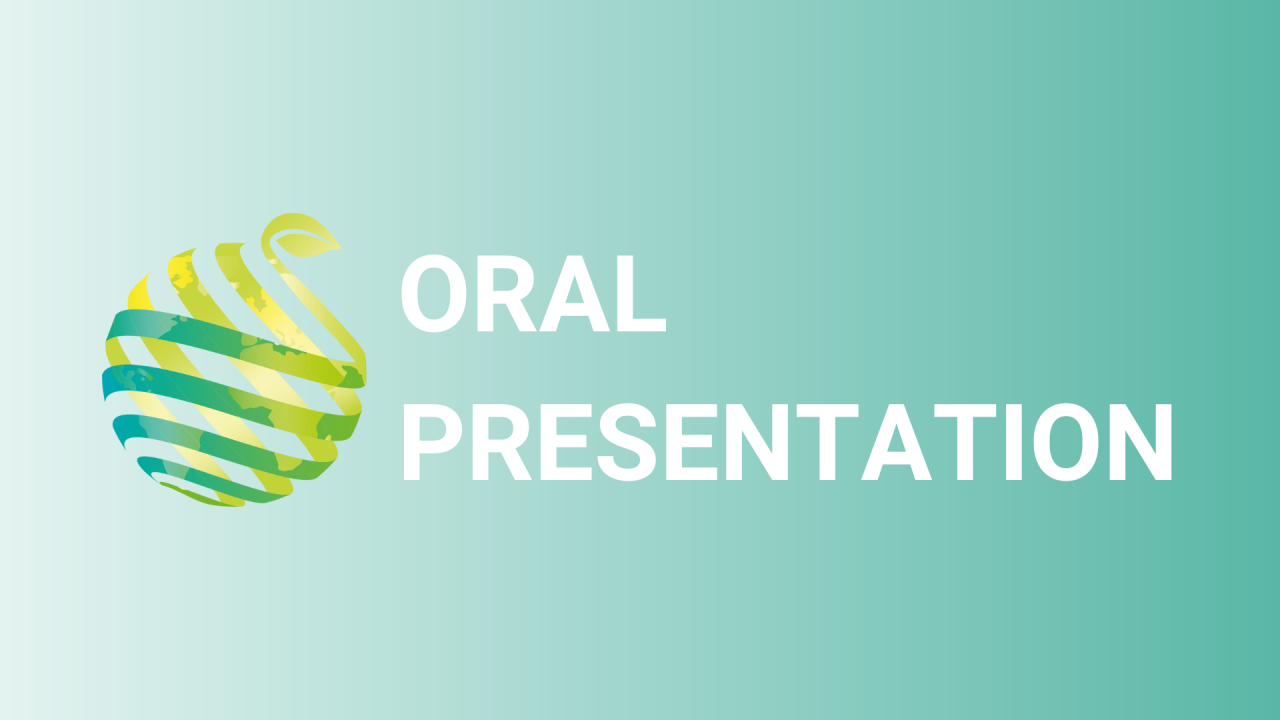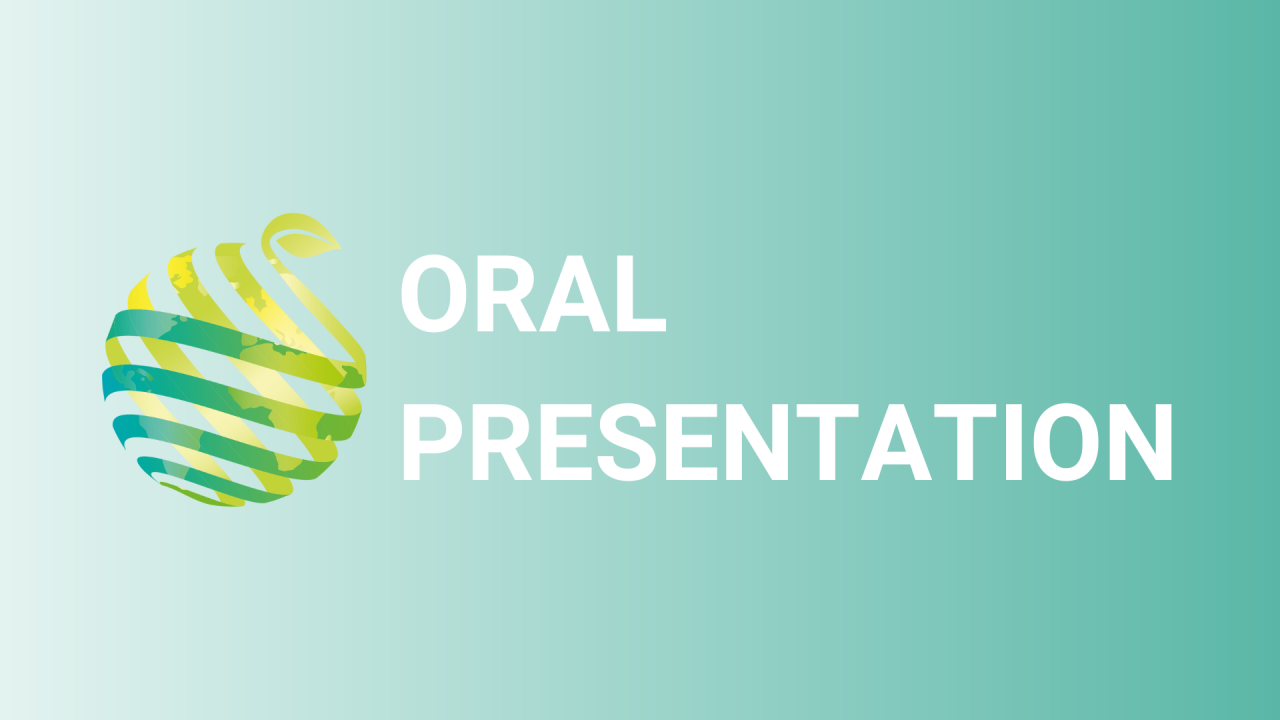

S24 - Session O4 - Quality of sunflower petals (Helianthus sp.) for human nutrition as influenced by variety and type of processing
Information
Authors: Anna J. Keutgen *, Katharina Graf, Norbert Keutgen
Strawberry fruit are considered an appealing and healthy snack by many consumers all over the world. Depending on variety and growing environment, strawberries can be a rich source of bioactive compounds such as anthocyanins (pigmented polyphenols), folate and Vitamin C. However, postharvest conditions can also significantly affect the content of bioactive compounds, and this is crucial for the nutritional quality of strawberry fruit. Red Rhapsody, an important commercial strawberry cultivar in Australia, was screened for its content of anthocyanins, folate and vitamin C when stored at common domestic refrigeration (4 ○ C) and ambient (23 ○ C) temperatures. No significant (p > 0.05) storage effect could be observed on total folate. However, the total anthocyanin content increased 2.8-fold (p < 0.05) within seven days of storage at 23°C and 1.4-fold (p < 0.05) at 4°C, whereas vitamin C decreased 47% (p < 0.05) within seven days of storage at 23°C, but remained unchanged at 4°C. While refrigerated storage at 4°C appears to be preferable to 23°C for the maintenance of Vitamin C in strawberries, 23°C did not affect folate content, and almost tripled anthocyanin content. These findings indicate that storage temperature affects the bioactive compounds in strawberry very differently. While domestic refrigeration at 4°C will prevent loss of Vitamin C, an ambient temperature of 23°C will almost triple anthocyanin content in this cultivar. These findings should be taken into account when considering the postharvest temperature regime applied to optimise nutritional quality of strawberry fruit.